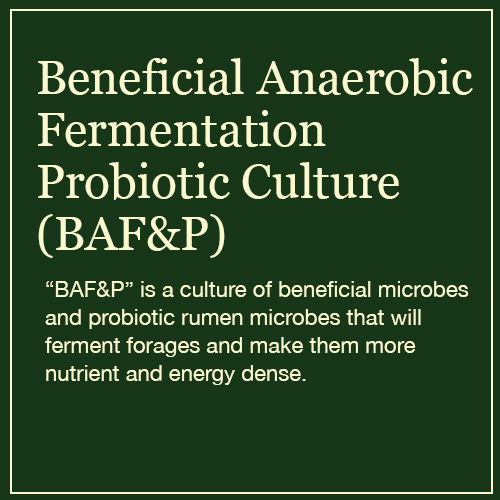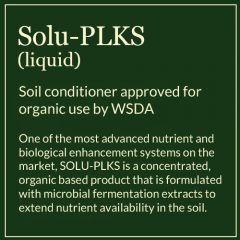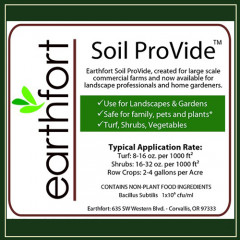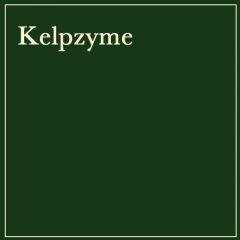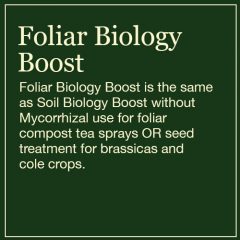PLEASE NOTE: We are not currently selling products but you can contact the suppliers listed on the Soil & Plant Products page from whom you can order.
“BAF&P” is a culture of beneficial microbes and probiotic rumen microbes that will ferment forages and make them more nutrient and energy dense. They do this by breaking down long carbon chains that otherwise are not well utilized by the animal. Use it to cure hay and solve many of the economic difficulties of baling hay (though not all of them).
Spray the hay when cutting, freshly cut or after it has been rained on, and bale it up as wet as your equipment can handle (15-75% moisture). It improves quality, palatability (animals LOVE it), and animal performance (their guts do too!). This makes us happier and less stressed about making, getting and preserving good hay and silage.
- About (Compost Tea)
- Benefits (Compost Tea)
- Application Recommendations (Compost Tea)
- Product Info Sheet (Compost Tea)
- About (Hay)
- Benefits (Hay)
- Application Recommendations (Hay)
- Product Info Sheet (Hay)
- Label
- Organic Certificate
- Material Safety Data Sheet
“BAF&P” is a culture of beneficial microbes that will protect plant leaves from disease and fungal pathogens when used as a foliar compost tea ingredient. Of the many strains of lactobacillus in this product, about half of them are beneficial facultative anaerobes that are extremely effective at killing pathogenic fungal diseases, when grown in a properly made aerobic compost tea (also using other minerals and ingredients). They will grow in the presence of oxygen, and fight disease when applied to leaf and plant surfaces but will not kill your beneficial fungi. They are discriminatory and so co exist well with native beneficial fungi and other microbes. Unlike copper sulfate or other certified organic fungal disease control products - the BAF&P will not set your system backwards by killing the good fungi you want to keep!
This tea is also good for use on foot rot and fungal diseases in animals (although the dietary imbalance is often the cause of the foot rot too much protein to energy in the ratio). If the microbes need energy and they don’t have it the form of fats or sugars, they will take it from the excess protein. This causes excess nitrogen in the bloodstream, imbalances the body pH, and makes problems such as foot abscesses, rot, respiratory and udder infections.
Share On
- Kill and prevent fungal diseases on roots, leaves, stems, and seed heads of plants. Facultative anaerobic lactobacilli will fight and prevent pathogenic infection when covering the plant surfaces
- Kill your fungal disease without hurting the good guys – many fungal disease treatments (even organic ones) also kill beneficial fungi and leave the plants even more vulnerable to attack. With BAF&P you can add good biology that will fight the pathogens while helping the overall system build natural biodiversity and immunity
Share On
Use 5 gallons BAF&P per 1000 gallons water in your brew recipes (in addition to the pretreated compost, foods, minerals and other ingredients.) Adjust linearly if needed so the ratio of BAF&P to water remains the same if using more or less water.
This will grow some greater diversity and the beneficial species you need. Verify with microscope or lab testing brew is good before putting out or you might make matters worse. Optional but optimal: Add any minerals with Solu-PLKS needed by plant (confirmed with tissue testing) to the finished compost tea just before spraying make a great foliar feed.
Share On
“BAF&P” is a culture of beneficial microbes and probiotic rumen microbes that will ferment forages and make them more nutrient and energy dense. These microbes break down long carbon chains (like lignin) that otherwise are not well utilized by the animal. Use BAF&P change difficulty into opportunity when curing hay. Spray the hay wet while cutting, freshly cut, or after it has been rained on and bale it up as wet as your equipment can handle (15-75% moisture). Besides reducing risk, It improves forage quality, palatability, and animal performance. Reduces your feed cost if you consider $ per unit of nutrient. This makes us happier and less stressed about making, getting and preserving excellent hay and silage.
Share On
- Create Nutrient Dense Hay - increases vitamins, minerals and energy. Improve nutritive feed value and medicinal properties. Animals LOVE it, and their guts do too!
- Reduce the need to avoid rain when baling hay – hay can be cut at the proper time. You can cut at the right time even if forecast for rain, as hay cut at the proper time will have higher nutrients; forages lose roughly one percent protein each day after boot stage as they get overmature and turn to lignin. Most forages will have a 20 percent loss in TDN (total digestible nutrients) and a 40 percent loss in protein by a delay of only 10 days past the most desirable stage of harvest. Hay can be rained on and still come out superior in forage quality and animal performance to normally cured hay
- Reduce passes with equipment; No need to tedder the hay – reduces equipment cost, fuel cost, wear cost, operator cost, total time and energy invested in the hay, as well as reducing compaction on the land.
- Do not need plastic or special equipment to bale – if your baler or equipment can not handle the weight of forages fermented wet, hay can be dried down to 20% moisture and the animals can still tell the difference (works best at 30-60% moisture)
- Turn low quality “waste” into high quality & energy feed* – you can use the BAF&P on wheat, corn, and rye straw/stalks to turn low cost feed into higher value feed.
- Virtually eliminate mold or spoilage when done right - less loss!
Share On
Use 1/2 gallon per dry matter ton of forage for clean, wet with no mold or spoilage. Use 1 gal per ton for moldy, spoiled, forages you need to save (or corn stalks).The culture will kill the pathogens, reverse the mycotoxins and aflatoxins, and decompose/restructure all the mold properties and render them harmless. Always use 1/2 oz of micronized CITM (Colloidal Ionic Trace Minerals) per DM ton of forage with BAF&P to provide mineral energy for the biology, as well as enzymes to convert the forages into superior nutrients and reduce fiber structure. You can put up forages from 15-75% moisture using these microbes; in bales, bags, pits etc. Works best at 30-60% moisture.
* Note: We recommend you be mindful of how much carbon and nutrients you remove from hay and crop fields and suggest that they should be grazed. Use Holistic Decisionmaking framework, principles and processes to navigate these choices to be sure to avoid sacrificing future health for short term gain.
Share On
